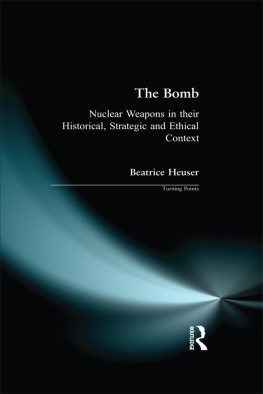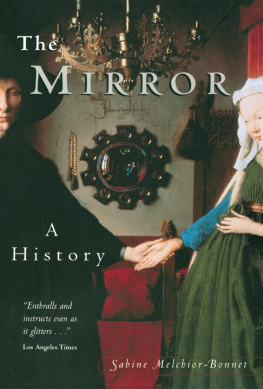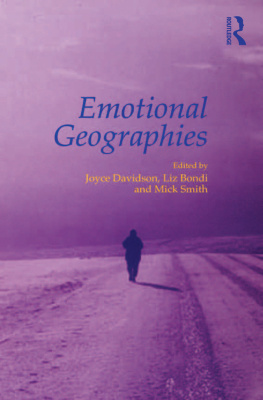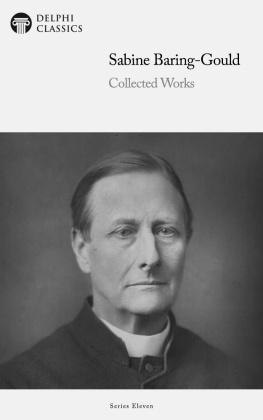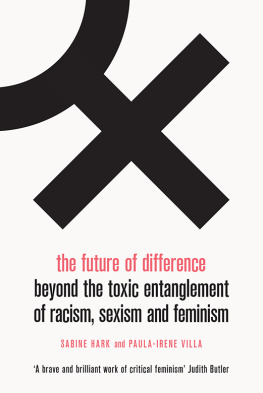Sabine Heuser - Virtual Geographies
Here you can read online Sabine Heuser - Virtual Geographies full text of the book (entire story) in english for free. Download pdf and epub, get meaning, cover and reviews about this ebook. publisher: Rodopi, genre: Art. Description of the work, (preface) as well as reviews are available. Best literature library LitArk.com created for fans of good reading and offers a wide selection of genres:
Romance novel
Science fiction
Adventure
Detective
Science
History
Home and family
Prose
Art
Politics
Computer
Non-fiction
Religion
Business
Children
Humor
Choose a favorite category and find really read worthwhile books. Enjoy immersion in the world of imagination, feel the emotions of the characters or learn something new for yourself, make an fascinating discovery.

- Book:Virtual Geographies
- Author:
- Publisher:Rodopi
- Genre:
- Rating:3 / 5
- Favourites:Add to favourites
- Your mark:
- 60
- 1
- 2
- 3
- 4
- 5
Virtual Geographies: summary, description and annotation
We offer to read an annotation, description, summary or preface (depends on what the author of the book "Virtual Geographies" wrote himself). If you haven't found the necessary information about the book — write in the comments, we will try to find it.
Virtual Geographies — read online for free the complete book (whole text) full work
Below is the text of the book, divided by pages. System saving the place of the last page read, allows you to conveniently read the book "Virtual Geographies" online for free, without having to search again every time where you left off. Put a bookmark, and you can go to the page where you finished reading at any time.
Font size:
Interval:
Bookmark:
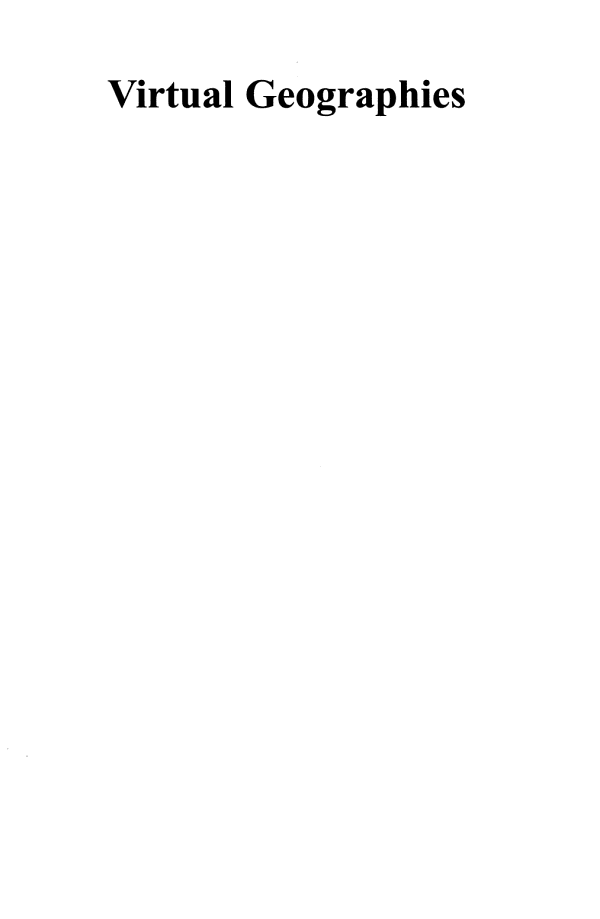
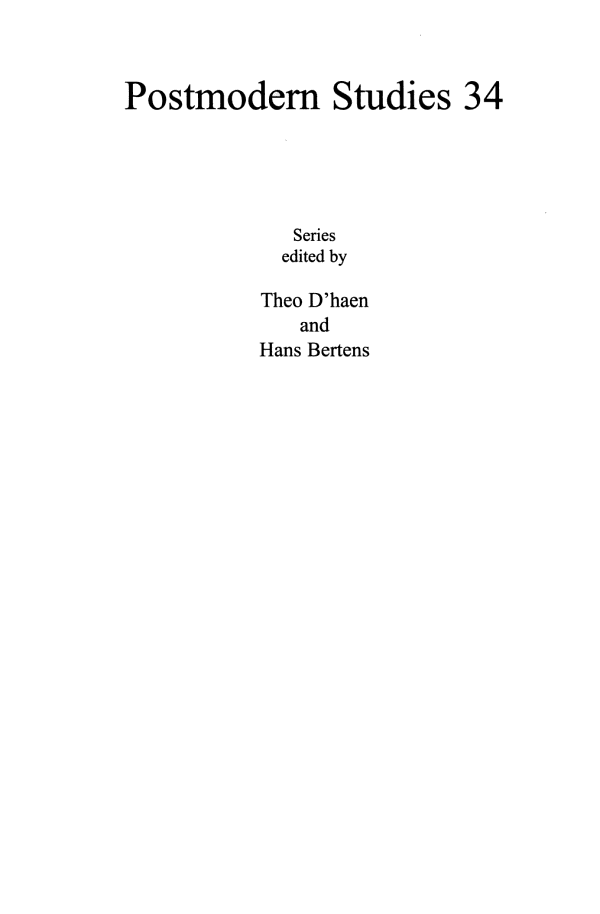
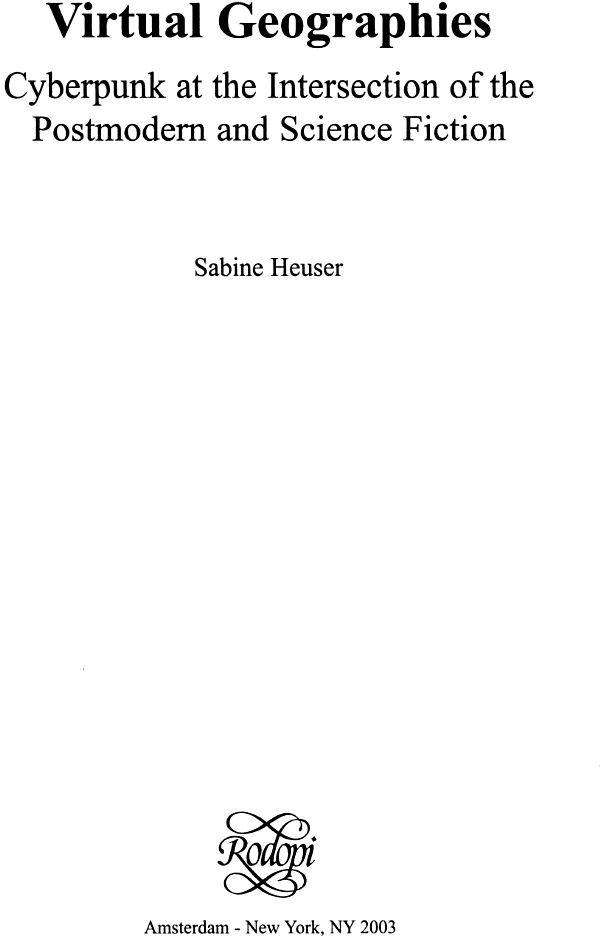
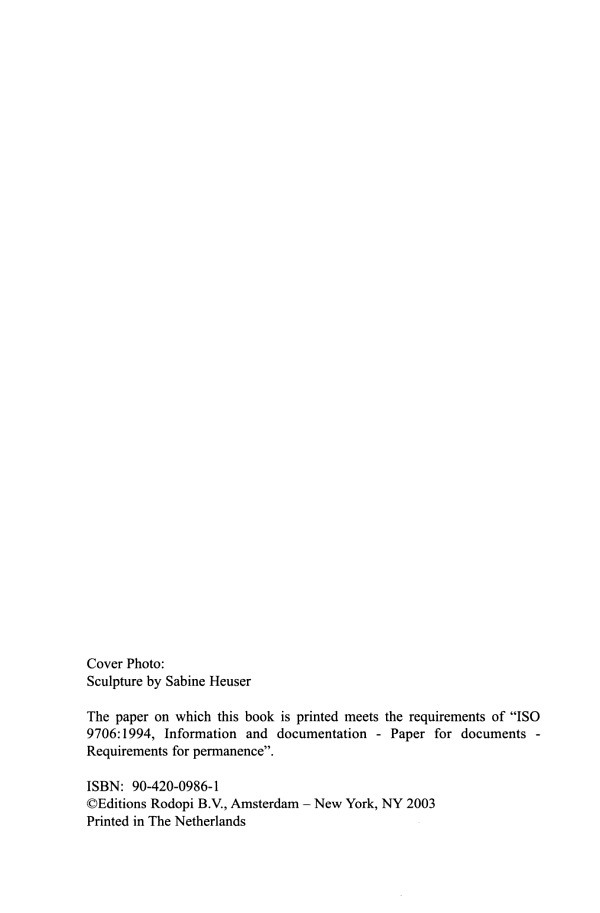
Introduction
The postmodern understood correctly would be a project. Postmodernism, on the other hand, insofar as it is really more than simply a fashion, a sign of regression or a new ideology, can most likely be comprehended as a process of searching, an attempt to register traces of change and to highlight the contours of this project more sharply. (Wellmer 109, my tr.)
It is not the world that is postmodern, here, it is the perspective from which that world is seen that is postmodern. (Bertens, The Idea of the Postmodern 9)
New Final Frontiers: Problems and Aims
THE POSTMODERN is a vague and vexing concept employed by a wide variety of disciplines including architecture, the visual arts, literature, geography, sociology, and philosophy.1 Attempts to generalize about its characteristic features and discourses are consistently thwarted by a splintering specificity: all things postmodern are informed by distinct disciplinary histories and complex esthetic and temporal relations to a whole array of modernisms and various stages of modernity.2 JeanFrancois Lyotard's writings on The Postmodern Condition (1979) and The Postmodern Explained (1993) provide a philosophical framework for the idea of the postmodern, by claiming that the postmodern is not to be understood as an epochal delimitation which simply follows from or breaks with modernism. More specifically, Lyotard's concept of the postmodern overrides the linear notion of history, according to which one movement follows and replaces another (as in the extreme case of avant-gardism). However, Lyotard only seemingly rejects the notion of the avant-garde, because he ultimately retains and re-inscribes the esthetic aspects and utopian aspirations associated with it, especially when he considers the sublime and the unpresentable in presentation (The Inhuman 89107; The Postmodern Explained 6774). If Lyotard retains a notion of the avant-garde, it is a postmodern version of the concept, since he divorces the avant-garde from all drives toward innovation or novelty for their own sake. When he speaks of the postmodern, he refers to the "modern in its nascent state," which has a more complex temporal relation to the modern than that of succession, transcendence, or replacement. In fact, the model of historical change that many critics following Lyotard have employed is neither one of a radical rupture with modernism and the modern, nor a merely reactionary moment in response to it, but a critical revisiting in the sense of working through what came before.3 Consequently, the postmodern is a mode or a way of thinking, and not a unified phenomenon or age. It theorizes its inherent contradictions and inconsistencies, embodied in a multitude of postmodernisms.
1 The best summary of the emergence of the term postmodernism can be found in Michael Khler, "'Postmodernismus': Ein begriffsgeschicht-licher Uberblick," and Gerhard Hoffmann, Alfred Hornung and Rdiger Kunow, "'Modern', 'Postmodern' and 'Contemporary' as Criteria for the Analysis of 20th Century Literature."
2 Andreas Huyssen illustrates "postmodernism's relational nature" quite instructively in After the Great Divide, using examples from architecture and literature (183).
3 Lyotard calls this process "Durcharbeitung, i.e., a working attached to a thought of what is constitutively hidden from us in the event and the meaning of the event, hidden not merely by past prejudice, bus also by those dimensions of the future marked by the project" (Inhuman 26). Elsewhere, Lyotard writes in a letter entitled "Answer to the Question, What is the Postmodern?" appended to The Postmodern Condition and later published in The Postmodern Explained: "A work can become modern only if it is first postmodern. Thus understood, postmodernism is not modernism at its end, but in a nascent state, and this state is recurrent" (13). The postmodern and the modern become "modes" that can coexist in the same work, a phenomenon which has prompted Fredric Jameson (most notably) to condemn the postmodern as ahistorical and eclectic. Lyotard's remark indirectly refutes all accusations of "exhaustion" and the proliferation of "crises" reported from several disciplines. In the article "Rewriting Modernity," first published in Sub-Stance in 1982 and later collected in The Inhuman (1991), Lyotard confirms this position by saying that "[pjostmodernity is not a new age, it is the re-writing of some features modernity had tried or pretended to gain" (8).
Postmodernity is thus not the heralding of a new age so much as the rewriting of some of the features claimed by modernity particularly modernity's claim to ground its legitimacy on the project of liberating humanity as a whole through science and technology. But that rewriting has already been in progress since the inception of modernity itself (Lyotard, "Rewriting Modernity" Inhuman 34). Unlike Lyotard, Marxist critics tend to embrace a view of postmodernity as proof or precursor of a new age or era (Bertens Idea; Jameson Postmodernism; Harvey Condition). For Fredric Jameson and David Harvey, postmodernity is linked to a social analysis of "latecapitalism" or of post-Taylorism.4 Andreas Huyssen follows Raymond Williams's vein of Marxist analysis when he observes in postmodernism a "change in sensibility" and warns that "the problem with such historical macro-schemes, in relation to postmodernism, is that they prevent the phenomenon from even coming into focus" {Divide 181; 183).
4 Fredric Jameson in Postmodernism, or, The Cultural Logic of Late Capital ism (1992) and David Harvey in The Condition of Postmodernity: An Enquiry into the Origins of Cultural Change (1989) ultimately use postmodernity as the signification of a new epoch that breaks with modernity because of changed social conditions. A prime example they cite is postmodern architecture, because of its complicity "in the patronage of multinational business," as Jameson argues (4). The characteristic features that he derives from this analysis for postmodern artifacts are: a "new depthlessness" leading to "simulacra" and "superficiality" in an uncritical move from description to evaluation; and the "weakening of historicity" and the "waning of affect" as the "new emotional ground tone," which are projected onto the era of postmodernity (9). Similarly, Harvey calls for a "meta-theory" (117) to counteract the disempowerment resulting from the "fetishisms of locality, place, or social grouping" where the focus on fragmentization mimics the dominant mode of flexible capital accumulation perpetuated by Western governments since Taylorism. Lyotard's analysis of The Postmodern Condition, on the other hand, focus ses on the status of knowledge in postindustrial societies and its forms of commodification as data. He thus undermines any reliance on the metanarratives of humanism, justice, and truth, which can no longer presuppose a consensus, and which, when forcibly imposed, become associated with terror. This has served as his main point of divergence from the view of another Marxist scholar, Jurgen Habermas.
When attempting to show which esthetic strategies, no matter how unstable, render a particular grouping of science fiction works postmodern, it is necessary to confine oneself to a particular postmodernism emerging from a resonance with ideas of modernization and literary modernism within the field of science fiction. The problem of how postmodernism in science fiction might present itself and what esthetic, rhetorical, and narrative strategies it might employ is only one facet of the postmodern "force field."
Font size:
Interval:
Bookmark:
Similar books «Virtual Geographies»
Look at similar books to Virtual Geographies. We have selected literature similar in name and meaning in the hope of providing readers with more options to find new, interesting, not yet read works.
Discussion, reviews of the book Virtual Geographies and just readers' own opinions. Leave your comments, write what you think about the work, its meaning or the main characters. Specify what exactly you liked and what you didn't like, and why you think so.

